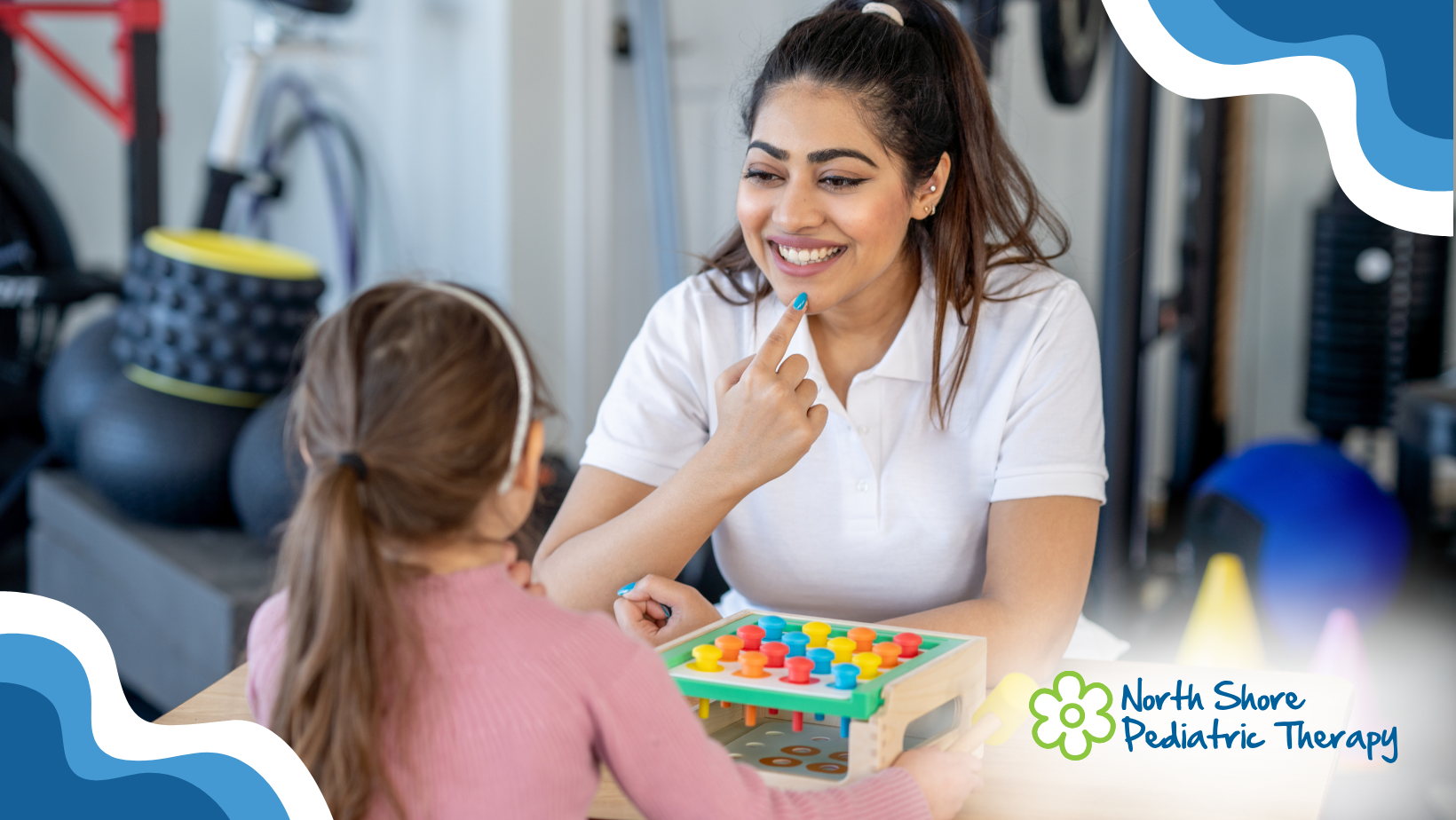For children with receptive and expressive language disorders, visual supports can be powerful tools when communicating. Visual supports are beneficial to aid in not only the comprehension of language, but also to improve expression of language. These visuals can provide a child with information they are missing when comprehending language or speaking. Visual supports are so universal and easily to utilize that they can be implemented seamlessly in the home environment.
How to use visual supports to improve language comprehension:
For children that experience deficits in language comprehension, visual aids are a great way to improve their ability to comprehend instructions, rules of an activity, and expectations. Here are some examples of ways to create visual aids for receptive language tasks.

- Visual schedules can be pictorial, written or both. It is important to tailor the schedule to the child’s abilities. For children with receptive language deficits, hearing their schedule for the day can be confusing and maybe, even a little scary. By presenting a visual schedule, paired with a verbal description, a child will receive the information via two avenues of communication, which will likely improve comprehension of what to expect.
- A Listening Chart, as shown below, visually depicts the components to being a good listener. When expectations or rules are presented only verbally, information is often forgotten. By using a visual to depict expectations, the child will be more successful and can easily remind him or herself of what actions need to be completed.
- Presenting choices visually can be a powerful tool for children who have receptive language deficits. For example, if there are two choices for snack (e.g., pretzels or grapes), you can present two pictures of these food items when asking the child what he or she would like to eat.
How to use visual supports to improve language production:
The use of visual aids for language production is slightly more diverse than those utilized for language comprehension. Visual aids for language expression are often used to help a child initiate communication, participate appropriately in a conversation, and to expand utterances. Here are some examples of visual aids used to improve expressive language skills.

- Smash mats are a great tool to use to expand a child utterance length (e.g., from two word to three words). As shown here, a smash mat can be as simple as three dots on a page. When modeling a sentence, you can touch a dot as you say each word (e.g., Girl is swinging or I want goldfish). You can make smash mats even more enticing by adding a playdoh ball to each dot. Smash mats are also great, because as your child continues to progress in their expressive language skills, you can continue to increase the length of their utterance by adding additional dots to your mat.
- A Topic Tree is one of many visual aids that can be used during conversations. The topic tree is specifically for topic maintenance (i.e., staying on the same topic of conversation with your
communication partner). For example, if you are talking about Christmas with your child, each time that you make a comment, ask a question or appropriately respond on the topic of Christmas, you put a leaf on the tree. This is an easy DIY visual aid you can make at home!
- A Yes/No Board is a great visual aid for an emerging communicator. It is a simple visual depiction of the concepts of “yes” and “no.” Yes/No boards can be visually

- displayed in a variety of ways as shown below. When asking a child a Y/N question, by presenting the child with this visual, you are not only cueing the child that you are asking a question, but also providing the child with the appropriate response choices.

All of these visual aids will not only increase a child’s engagement in a daily activity, but also aid in making transitions smoother. Visual aids can be implemented at any age and in any environment.














